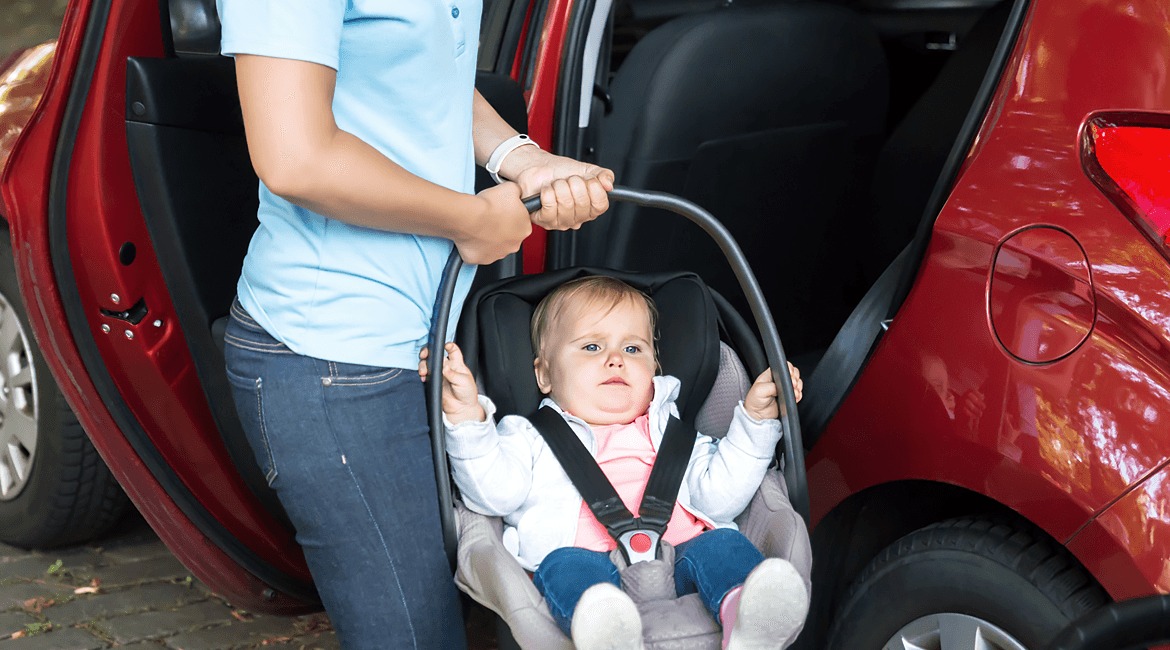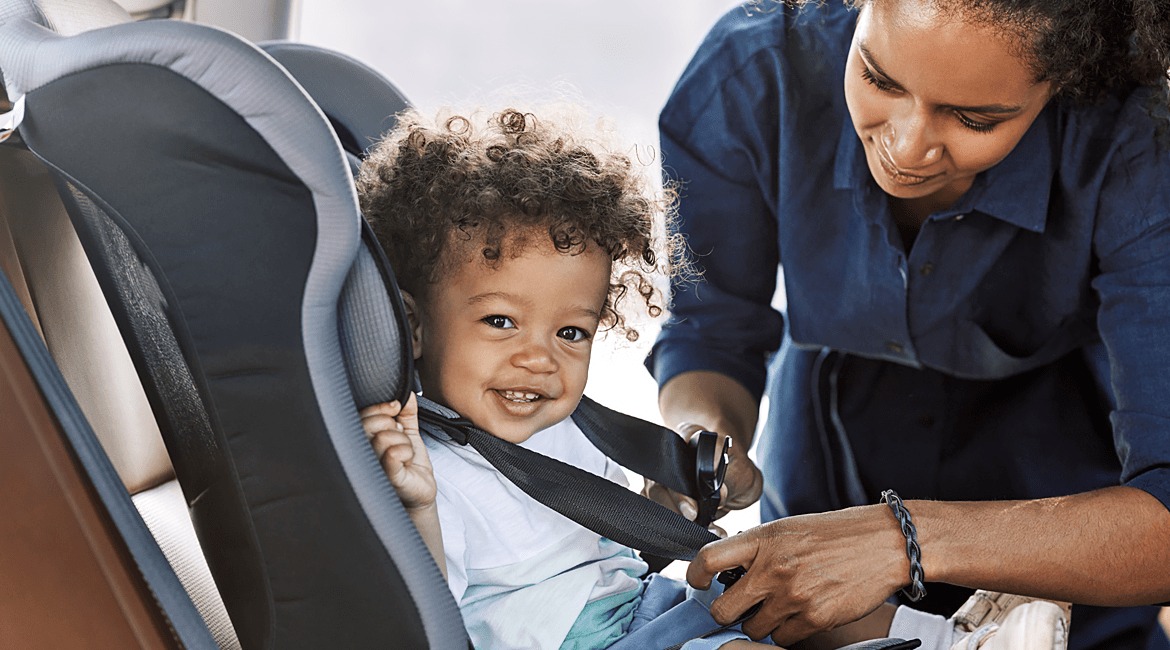With children — especially babies, there are several essentials you might need to get: a crib, a car seat, diapers, among others.
For your little one’s safety, perhaps the first essential tool to buy is a car seat.
Many countries have laws that require you to have a properly installed child restraint system in your car before leaving the hospital with a new-born.
From your baby’s first trip home from the hospital to when they can independently use a seat belt, they will have to use these car restrictions.
That can be for eight years. Hence, parents need to research when purchasing these gears to ensure they buy the right ones.
So with all the different options on the market, how do you choose the perfect car seat for your baby?
The Different Types of Children’s Car Seats
Car seats are a vital way to keep your little ones safe while on a trip. The general rule is to use the car restraint system until your child is at least 4 feet tall.
As a parent, there is no better safety decision as beneficial as purchasing these seats for your child.
When appropriately used according to the manufacturer’s instructions, car seats are among your vital investments for your baby’s safety.
Studies show that children not restrained by these seats are unprotected from any potential car accident and injury.
If you wonder where to start, first have an idea of the different types of children’s car seats.
There are four types of car seats suitable for toddlers and older children.
These different car seat types listed below have specific features that help you make the right choice depending on your kid’s age and weight.
1. Infant-only Seat
Also known as rear-facing seats, these seats are the safest option for your toddlers. It is recommended that your little one use this seat until the age of two.
Most infant-only seats have weight restrictions. Hence, if your child exceeds the weight limit, a convertible car seat is the next best option.
2. Convertible Seat
The convertible seat type is two car seats in one — rear-facing and forward-facing.
If your child is at least 20 pounds or above two years, the seat is changed to face the front of the car.
3. Combination Seat
These seats are forward-facing and are suited for babies who are at least a year old and weigh between 20 to 40 pounds.
4. Booster Seat
Children are transferred to a booster seat when they outgrow their previous seats and are not yet suitable to use a regular seat belt.
Booster seats are intended for older children and are recommended for use till your child is eight years.

Tips on Choosing the Right Car Seat for Your Little One
With so many different types and brands of children’s car seats, selecting the right one for your child can confuse you.
Getting the best seat depends on certain factors, such as your child’s age, height, weight, and vehicle model.
Here are tips on the essential things to look out for when choosing a car seat.
1. Correct Fit
A vital factor to consider when selecting a child restraint is how well it fits into the backseat of your car.
Car seats come in different shapes and sizes, so you will undoubtedly find one that is a perfect fit for your child and your car.
However, before you make a purchase, ensure you have carried out all the necessary research and do a test installation.
That way, you are confident with your choice and comfortable putting your little one in the seat.
2. The Safety Features
The safety of your little one comes first when choosing a child restraint. Check for features that protect your child from a crash.
Car seats should have guides to instruct parents on the correct use and positioning of the belt to prevent children from slipping while the car is in motion.
3. Does it Accommodate the Stages of Children Growth?
A car seat that does not require a continuous upgrade and grows with the child is the best choice.
Young children grow very fast, so you need to get suitable seats for their developmental changes.
Ensure that the seat will provide the most excellent protection and comfort throughout the entire period of your child’s use.
Important features to check for include enough legroom, adjustable height or reclining position, and side-impact protection.
When shopping for a new-borns car seat, consider getting seats that can be converted to forward-facing when your child is older.
4. Its Ease of Use
There is no unique feature to check out for that makes children’s car seats more comfortable to use than another.
However, since you will probably use it regularly, confirm that certain essential features like the harness straps are user-friendly.
When buying a car seat, its installation in a safe and accessible location in your car must be a little bit easier.
You can also opt for parent-friendly easy LATCH car restriction systems if you are sure you will have seat installation problems.
5. Be Sceptical About Used Car Seats
Using a second-hand seat is extremely dangerous.
You do not know if it has all the original safety parts or designed to fit the current safety standards.
Do not be tempted to accept already used car seats unless it has the manufacturer’s manual and you are confident that it has not been damaged in an accident.
Hence, until you are sure that the second-hand seat is a user-friendly model and very safe to use, buy a brand new one.
Conclusion
The process of picking a car seat is often time-consuming as your child’s protection and safety is the primary concern.
Remember that the safest car seat is always installed per the manufacturer’s guide and must be correctly used every time your little one goes on a ride.
In many cases, the high cost of the seats does not guarantee optimum protection for your baby.
That is why it is always good to read safety reviews of the seats you intend to choose.


